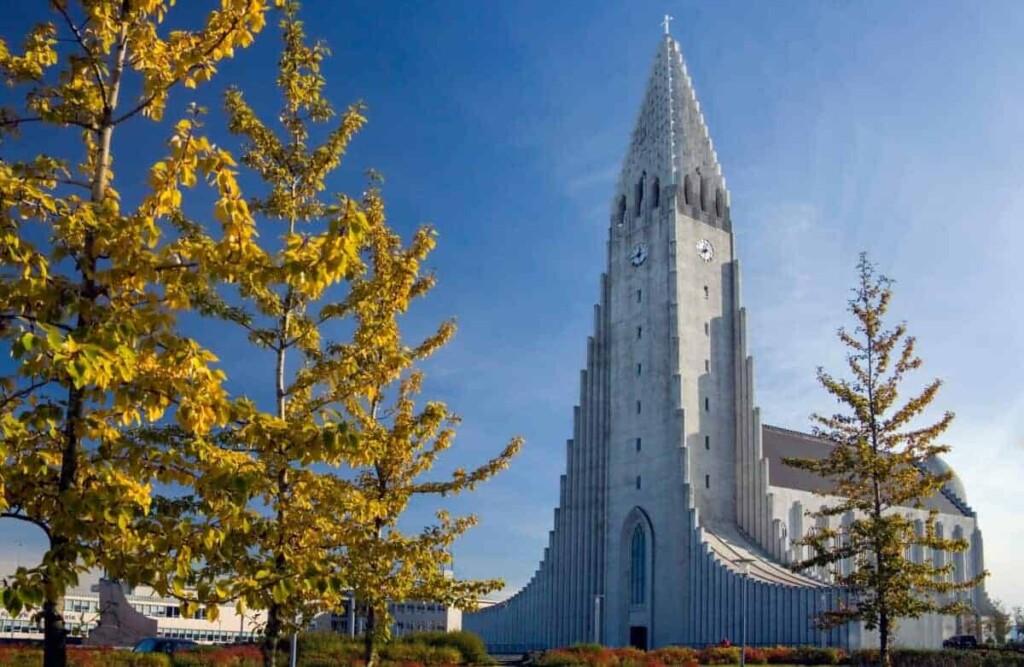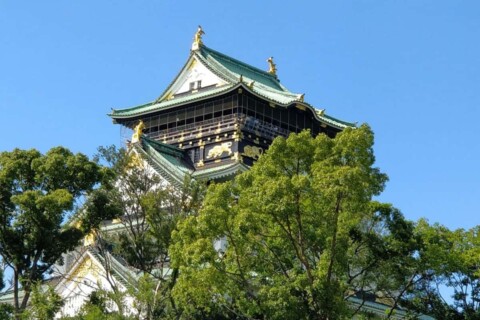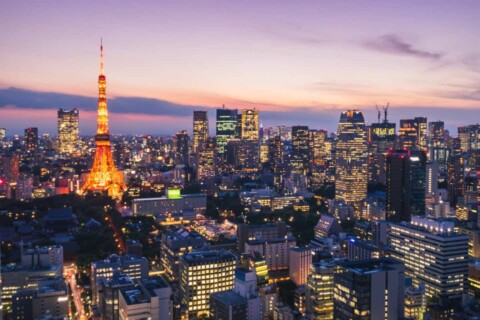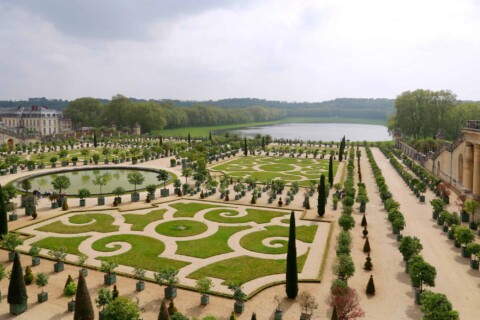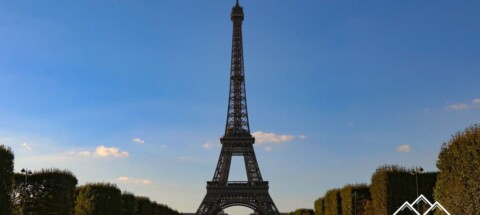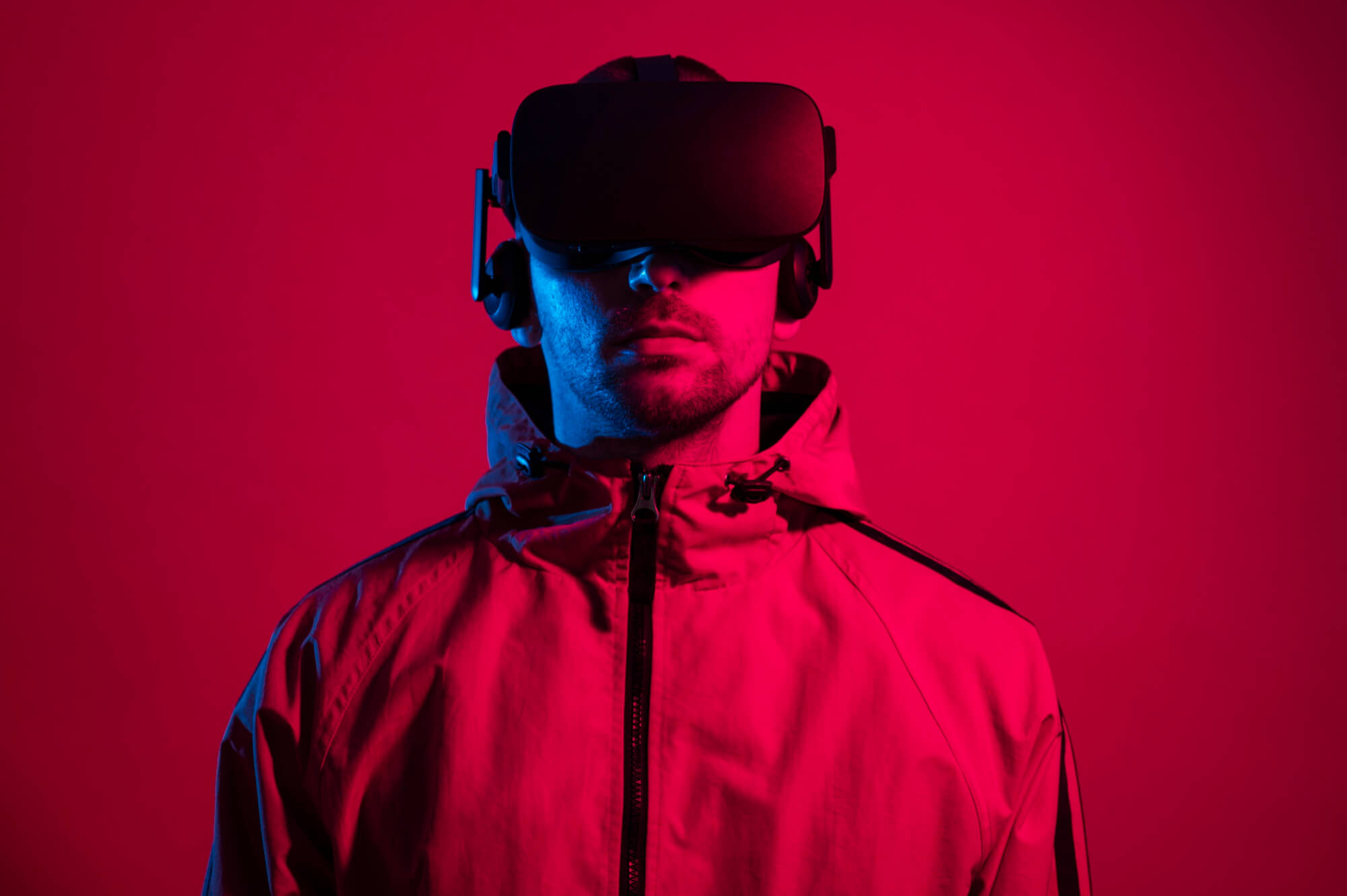If you are a traveler looking for an captivating destination consider Reykjavik, the capital city of Iceland. Renowned, for its beauty, vibrant culture and welcoming locals Reykjavik promises an unforgettable experience that will leave you amazed. Whether you enjoy nature, art or food this enchanting city has something to offer everyone. In this blog post we will explore the attractions and activities that make Reykjavik a must see destination for travelers.
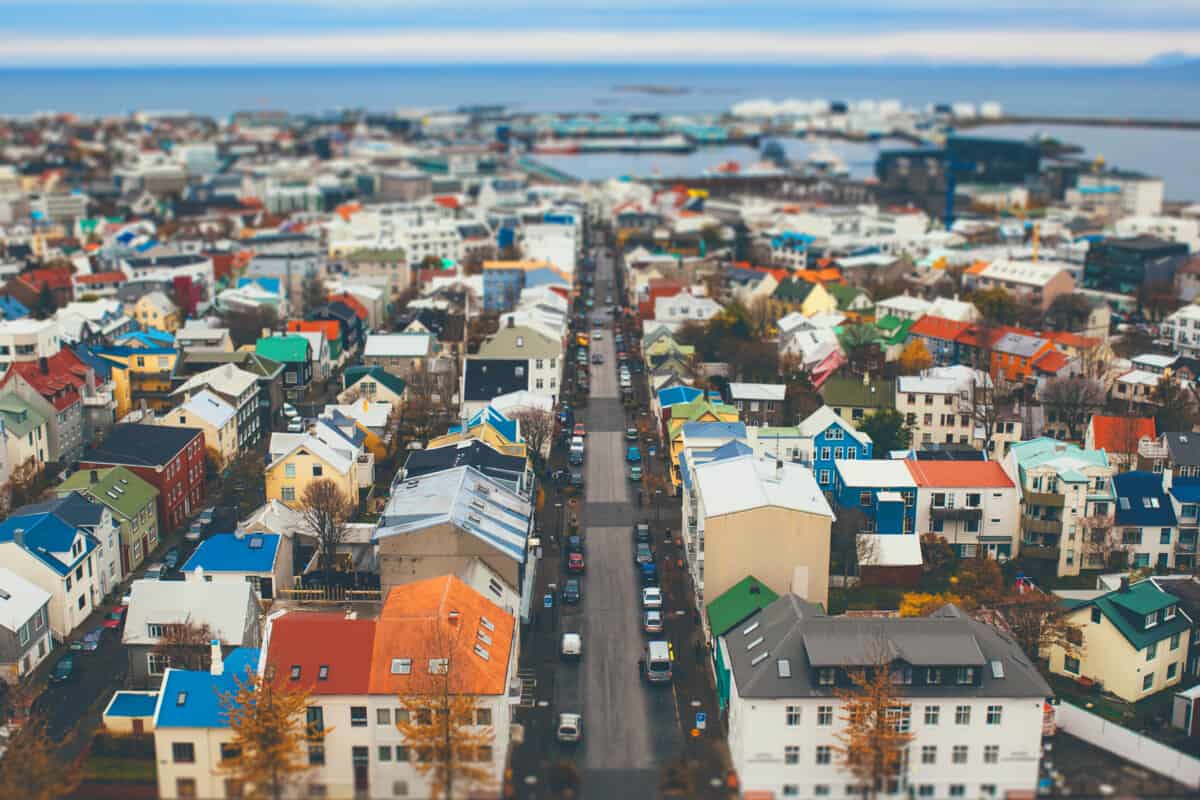
Reykjavik is surrounded by wonders that will captivate your senses. One of the must see spots is the Blue Lagoon, a spa with waters rich in minerals for a unique and revitalizing experience. Immerse yourself in the waters while admiring the volcanic scenery – it’s an experience not to be missed.
For thrill seekers looking for excitement make sure to visit the Golden Circle. This popular tourist route features three sites; Thingvellir National Park, Geysir geothermal area and Gullfoss waterfall. Explore the landscapes witness geysers erupting into the air and marvel, at Gullfosss power as it tumbles down into a rugged canyon.
Reykjavik isn’t just known for its beauty but also for its thriving cultural offerings. Begin your exploration of the citys culture, at Harpa the concert hall and conference center. With its architecture and exceptional acoustics Harpa hosts a range of concerts, exhibitions and events throughout the year.

Art lovers will be thrilled by the art galleries and museums in Reykjavik. The Reykjavik Art Museum showcases art while the National Museum of Iceland provides an intriguing glimpse into the countrys rich history and heritage. Make sure to visit the sculpture garden at Einar Jónsson Museum, which features artworks by Icelands pioneering sculptor.
Reykjavik has become a hub in times offering a diverse selection of dining options to cater to every taste bud. Whether you crave dishes or international fare Reykjaviks food scene has something for everyone.
To savor cuisine indulge in hearty delights like lamb stew, smoked salmon or the renowned Icelandic hot dog.. If you’re feeling adventurous don’t pass up the chance to try fermented shark – a delicacy!
As night falls Reykjavik transforms into a hub with its nightlife scene. Kick off your evening by exploring the bars and pubs along Laugavegur Street where you can revel in live music performances along, with craft beers and cocktails.
The city provides a range of options to suit preferences, including hidden bars and upscale lounges.
If you happen to be, in Reykjavik during one of its festivals like the Iceland Airwaves music festival or the Reykjavik Arts Festival you’ll enjoy a more exciting nightlife scene. These gatherings feature both international artists creating an atmosphere that will have you dancing until the early hours.
Reykjavik is a place that will enchant you and leave you with lasting memories. Whether you’re exploring its beauty immersing yourself in its culture savoring its culinary delights or embracing its lively nightlife Reykjavik has something for every traveler. So pack your bags. Prepare for a journey in this captivating Icelandic capital!
Please make sure to check travel restrictions and recommendations before planning your visit to Reykjavik due, to the situation.
A little bit of history
- Settlement Era (9th-10th Century): According to the Book of Settlements, Reykjavik was founded in the late 9th century by Ingólfur Arnarson, a Norwegian Viking who became the first permanent settler in Iceland.
- Middle Ages (13th-16th Century): Reykjavik remained a small trading post during the medieval period. It was an important center for trade and fishing, but it did not have significant political or economic importance.
- Danish Rule (17th-19th Century): In 1661, Iceland came under Danish rule, and Reykjavik became the administrative center of the island. It gradually grew in population and importance.
- Independence Movement (19th-20th Century): In the late 19th century, Iceland began to push for independence from Denmark. The independence movement gained momentum, and in 1918, Iceland became a sovereign state under the Danish crown. Reykjavik became the capital of independent Iceland.
- World War II and Post-War Period: During World War II, Iceland was occupied by British and later American forces to prevent a possible German invasion. The presence of foreign troops had a significant impact on Reykjavik’s development and modernization. After the war, Iceland gained full independence from Denmark in 1944.
- Modern Era: In recent decades, Reykjavik has experienced rapid urbanization and economic growth. It has become a vibrant cultural and economic hub, attracting tourists from around the world. Reykjavik is known for its modern architecture, geothermal energy usage, and thriving arts and music scene.
Best Time to Visit
Best Time to Visit Reykjavik, Iceland
The best time to visit Reykjavik depends on your preferences. If you enjoy mild weather and longer days, the summer months from June to August are ideal. This is also the peak tourist season. If you want to experience the Northern Lights, visit between September and March. The winter months offer unique activities such as ice caves and snow sports. Keep in mind that winters in Reykjavik can be cold and dark.
Do’s & Don’ts
Must Do and See in Reykjavik, Iceland
- Visit the iconic Hallgrímskirkja Church and enjoy panoramic views of Reykjavik from its observation deck.
- Explore the charming streets of the Old Town (called “Austurvöllur”) and admire the colorful buildings and local shops.
- Take a stroll along the waterfront promenade at Reykjavik Harbor and enjoy views of the sea and Mount Esja.
- Visit the Harpa Concert Hall, known for its unique architecture, and catch a performance or exhibition.
- Explore the National Museum of Iceland to learn about the country’s history and culture.
- Relax in one of Reykjavik’s geothermal pools, such as the famous Blue Lagoon or the local favorite, Laugardalslaug.
- Discover Icelandic art at the Reykjavik Art Museum, which showcases contemporary and modern works.
- Visit the Perlan Museum and Observation Deck to learn about Iceland’s natural wonders and enjoy panoramic views of the city.
- Take a boat tour from Reykjavik Harbor to see whales, puffins, and other marine wildlife in their natural habitat.
- Enjoy Icelandic cuisine at local restaurants, trying traditional dishes like lamb soup, skyr (a yogurt-like dairy product), and hákarl (fermented shark).
Things you should avoid doing in Reykjavik, Iceland
- Do not litter: Iceland has a strong commitment to environmental sustainability. It is important to dispose of your waste properly and respect the cleanliness of the city.
- Do not ignore traffic rules: Reykjavik has well-regulated traffic and pedestrian rules. Always follow traffic signals and use designated crosswalks when crossing the street.
- Do not trespass on private property: Respect people’s privacy and avoid entering private property without permission. Stick to public areas and attractions that are open to the public.
- Do not disturb wildlife: Iceland is known for its unique and fragile ecosystem. Avoid disturbing wildlife or their habitats, and do not feed or approach wild animals.
- Do not swim in unauthorized areas: While Iceland has numerous hot springs and geothermal pools, some areas may be off-limits for swimming due to safety reasons. Always follow the guidelines and only swim in authorized locations.
- Do not underestimate the weather: Icelandic weather can be unpredictable and harsh. Be prepared for sudden changes in temperature, wind, and precipitation. Dress warmly and carry appropriate gear when exploring the outdoors.
- Do not engage in excessive drinking or public intoxication: While Reykjavik has a vibrant nightlife scene, it is important to drink responsibly and respect local laws. Public intoxication is frowned upon and can lead to legal consequences.
- Do not forget to respect local customs: Icelandic culture has its own customs and traditions. Show respect for the local customs, traditions, and way of life.



